A Guide to American Family Culture
We are going to look at the history of America, its influences and the most important factors that define it as a nation. In this way we can refine the idea of what general American family culture looks like despite it being a nation often referred to as a cultural melting pot.
History of America
There are several major phases in the history of America which help define this relatively young nation. Understanding what has gone into the creation of the nation will help us further understand the culture of the average American family.
Native American History
Humans arrived in the Americas thousands of years ago and may have done so in at least three significant waves of migration. Entering in through the Bering Strait land bridge over time these early peoples would have spread out throughout North America expanding to the east and to the south.
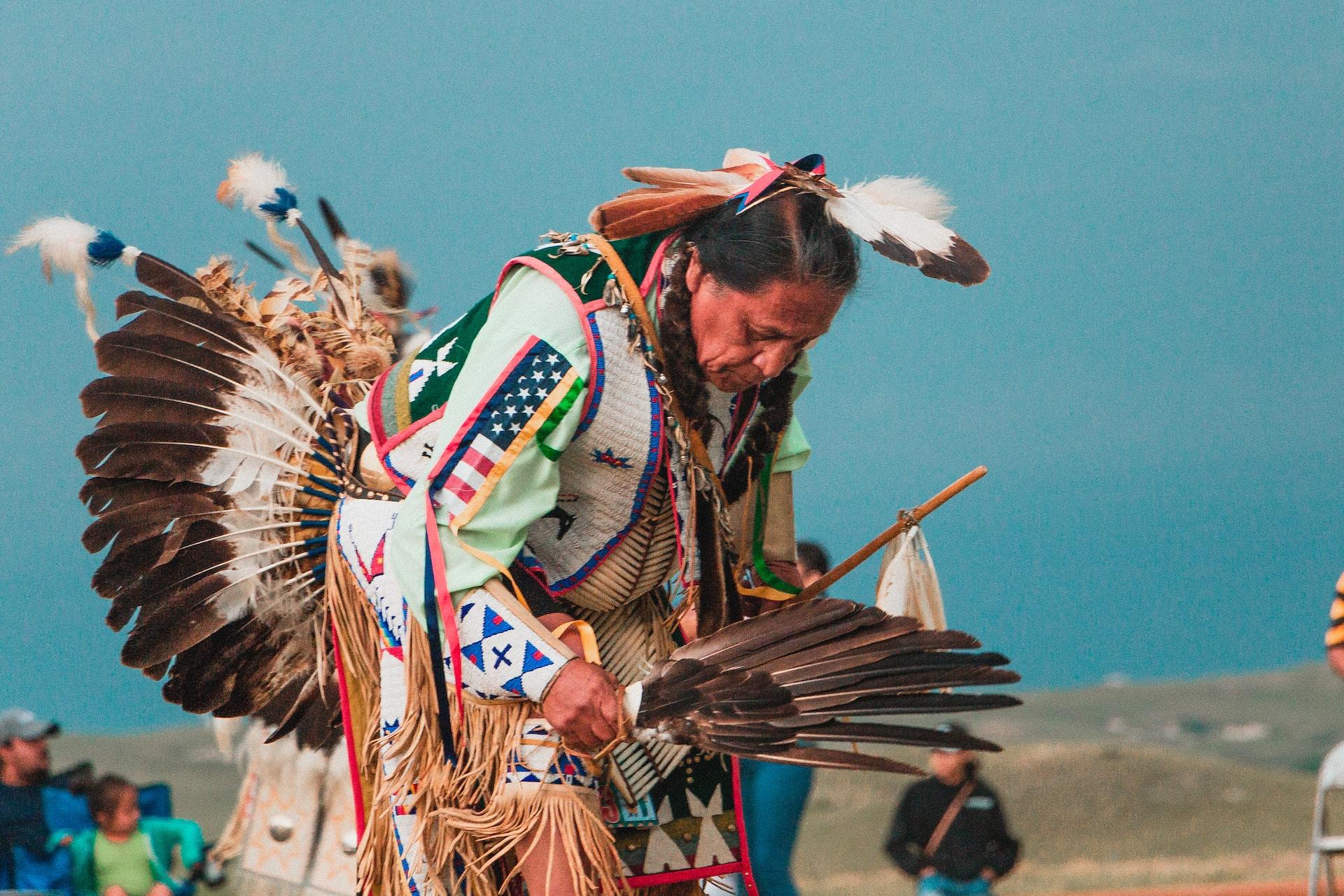
Some of those groups would have carried on south overtime into what we today know as Central and South America but those who settled into North America became the Native American cultures we know today.
Historically the Indigenous peoples of North America tended to be a semi-nomadic group of hunter-gatherers who had their established ranges. Their individual tribal origin stories were passed down over thousands of years verbally and often include stories of long migrations.
Unlike some of the South American indigenous civilizations the North American groups did not tend to create permanent architecture or settle in large numbers. They would gather the fruits and vegetables that they required and hunt for the meat they needed for survival.
Over time some plains groups started to realize they could affect the growth of the plants they needed. This included things like squash and beans. Around a thousand years ago however a newer crop arrived from the tropics, maize.
First cultivated in Mexico several thousand years ago, over time the growing of maize would have been passed from tribe to tribe from Central America all the way to the Great Plains region.
Colonization
The first colonies of North America were British and arose along the eastern coastal regions. The Virginia colony was the first, being founded in 1607 when Pilgrim settlers established an area they named Jamestown. In 1619 the continent's first elected legislative assembly, the House of Burgesses, was formed in Virginia.
The bulk of these early English settlers were dissenting Christians fleeing England seeking religious freedom. As the European population grew and they came into contact with indigenous peoples the native population of America declined. This was primarily caused by infectious diseases such as smallpox and measles.
England were not the only European settlers in this early colonization era which would lead to conflict as various nations sought to gain control of this vast landmass. The British by the mid 1670s defeated and seized the territory of Dutch settlers in New Netherland, in the mid-Atlantic region.
Colonization was not easy between food shortages, disease and conflicts with indigenous tribes. Over time however, tentative peace was formed with certain local tribes for the purpose of trade. Settlers would use guns and tools to trade for food and animal pelts from the Native population. The Native Americans also taught the settlers how to grow the indigenous agricultural crops such as corn and beans.
Slavery
As the 18th century began with a growing industry in agricultural crops European settlers became involved in the transatlantic slave trade. Until this point indentured servitude in the form of prisoners from Britain was a common form of labor. This would quickly be replaced by African slaves.
This would cause a divide between the early colonies regarding the religious and moral implications of slavery. Several colonies, mainly those in the north, passed laws against it while in the south the practice was embraced. Centuries later the descendants of these African slaves make up the sizable African American community of the United States.
British America
Britain ultimately settled 13 colonies creating what was known as British America along the eastern portion of North America. These colonies were administered as overseas dependencies to Britain. Each had local governments which were formed by elections. Voters for these governments had to be white, male, Christian and land owners. Jewish land owners could not vote and in some colonies Catholics were not given the vote.
The Revolution and the Birth of a Nation
Following Britain’s victory in the French and Indian War Britain began to exert more control over the colonies. The colonists who had assisted in Britain’s victory in the war pushed back against this. It would lead to the formation of the First Continental Congress in 1774. At this congress it was mandated that there would be a boycott on British goods.
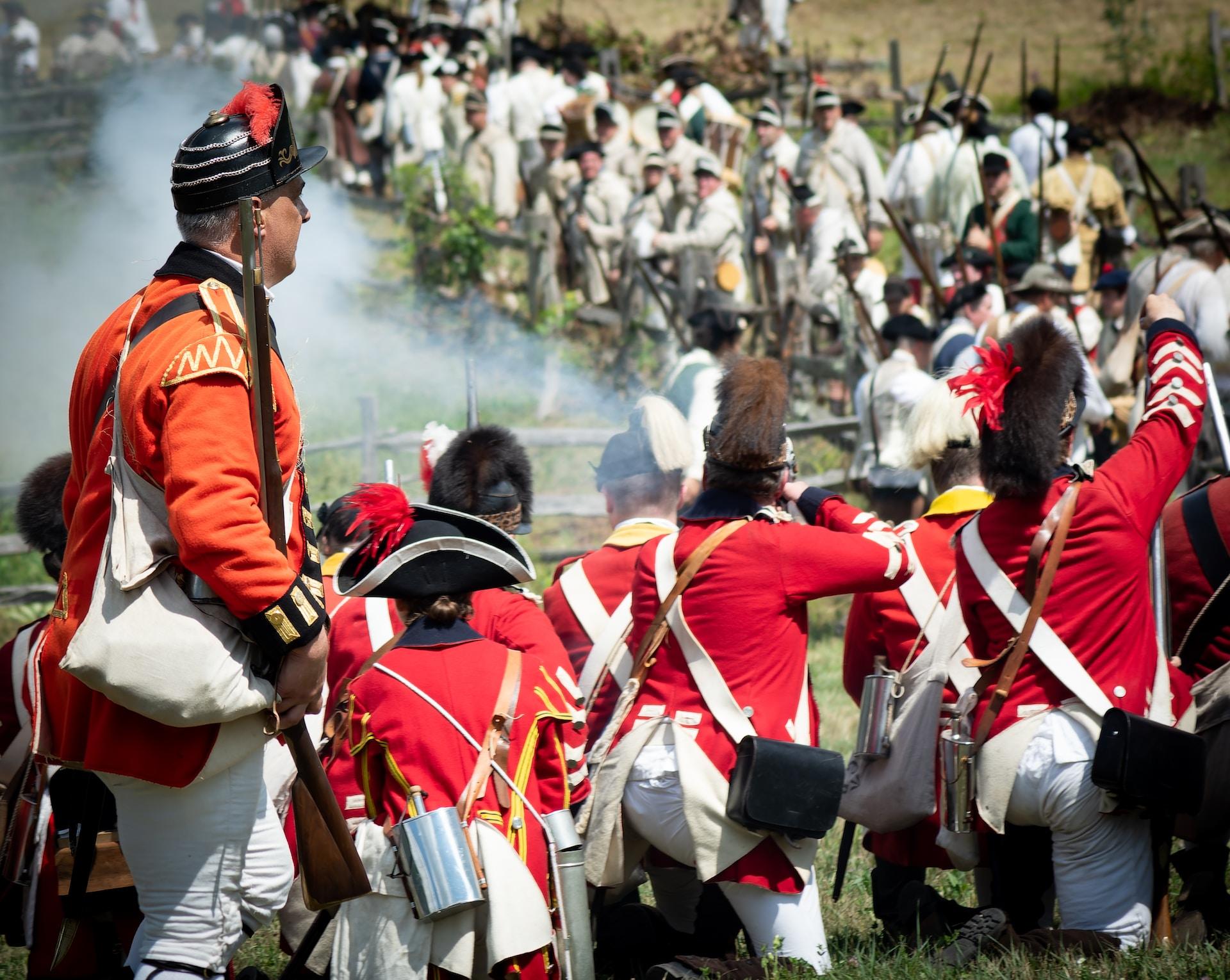
Tensions rose quickly and on April 19th 1775 the American Revolutionary War officially began. This war would rage until September 3rd 1783 with Britain and America signing a treaty in Paris the day before to end the conflict.
During the war on July 4th 1776 the Second Continental Congress was held and unanimously voted to adopt the Declaration of Independence. This has become known in American culture as Independence Day.
American Civil War
Although the nation had come together to battle the British and gain its independence there was still a very divisive aspect of the country, slavery. One of the principal causes of the American Civil War is considered to be the enslavement of people of African descent.
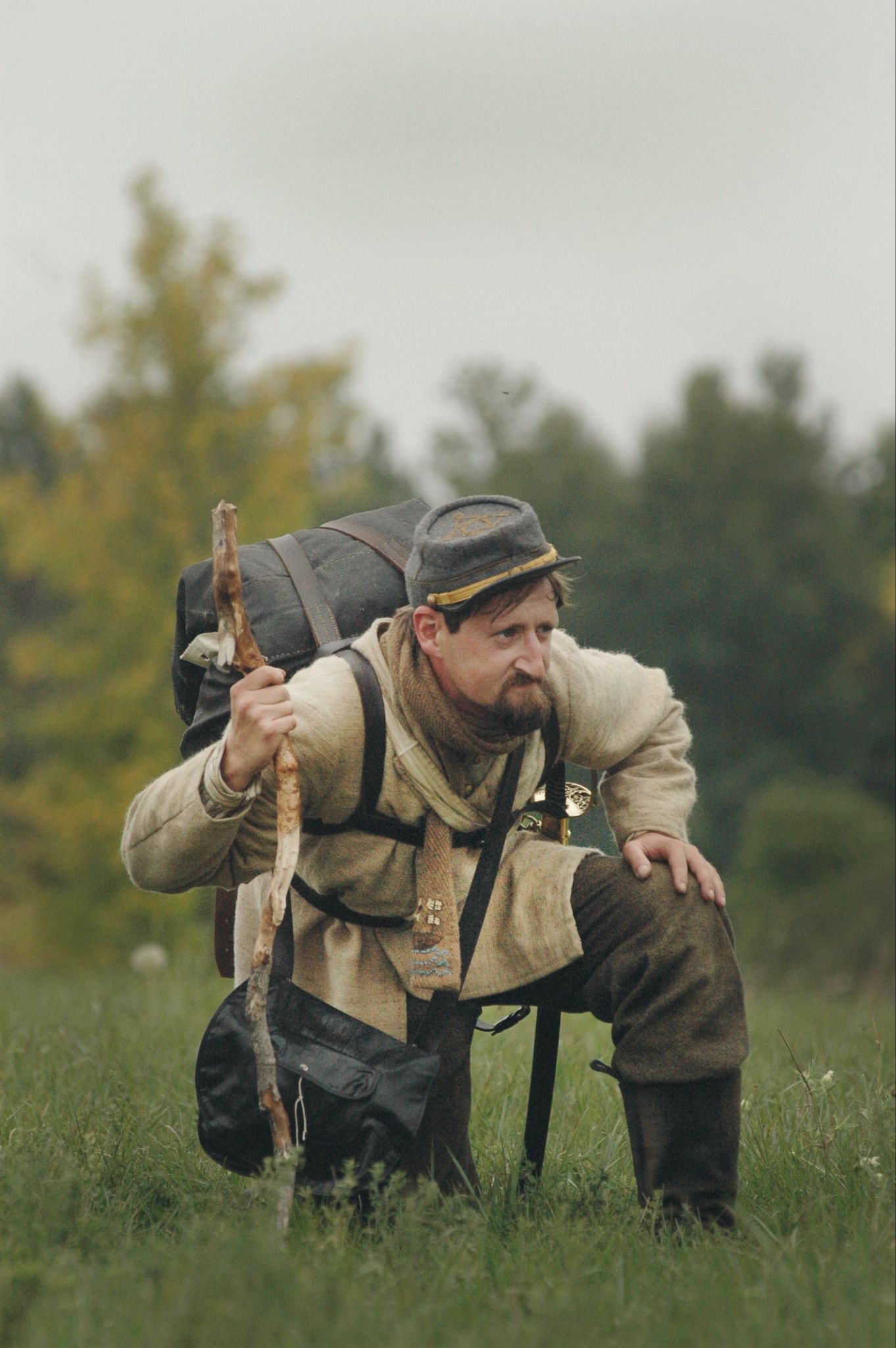
When Abraham Lincoln was elected president in 1860 conventions in 11 southern slave owning states declared secession from the United States. This would lead to the most bloody conflict to take place on American soil.
This conflict would rage between April 12th 1861 – May 26th 1865 with the northern states being part of the Union and the southern states referring to themselves as confederates. Ultimately the Union would prevail and during the conflict Lincoln would make the Emancipation proclamation on Jan 1st 1863. This declaration stated that all slaves in the rebellious states should be free.
Even following the Civil War there has remained a certain level of tension between the north and south which is borne over in political affiliations to this day. Despite being one nation the cultures of the two regions definitely have their differences.
Immigration to the US
During the early colonial period there was an influx of peoples from various major nations creating settlements. Gradually a slow stream of migrants would continue. The height of immigration into America however began in the late 1800s.
Millions of people from around the world for various reasons saw the United States as the land of opportunity. Fleeing war, famine, poverty and religious persecution this was a time of vast migration and expansion across North America.
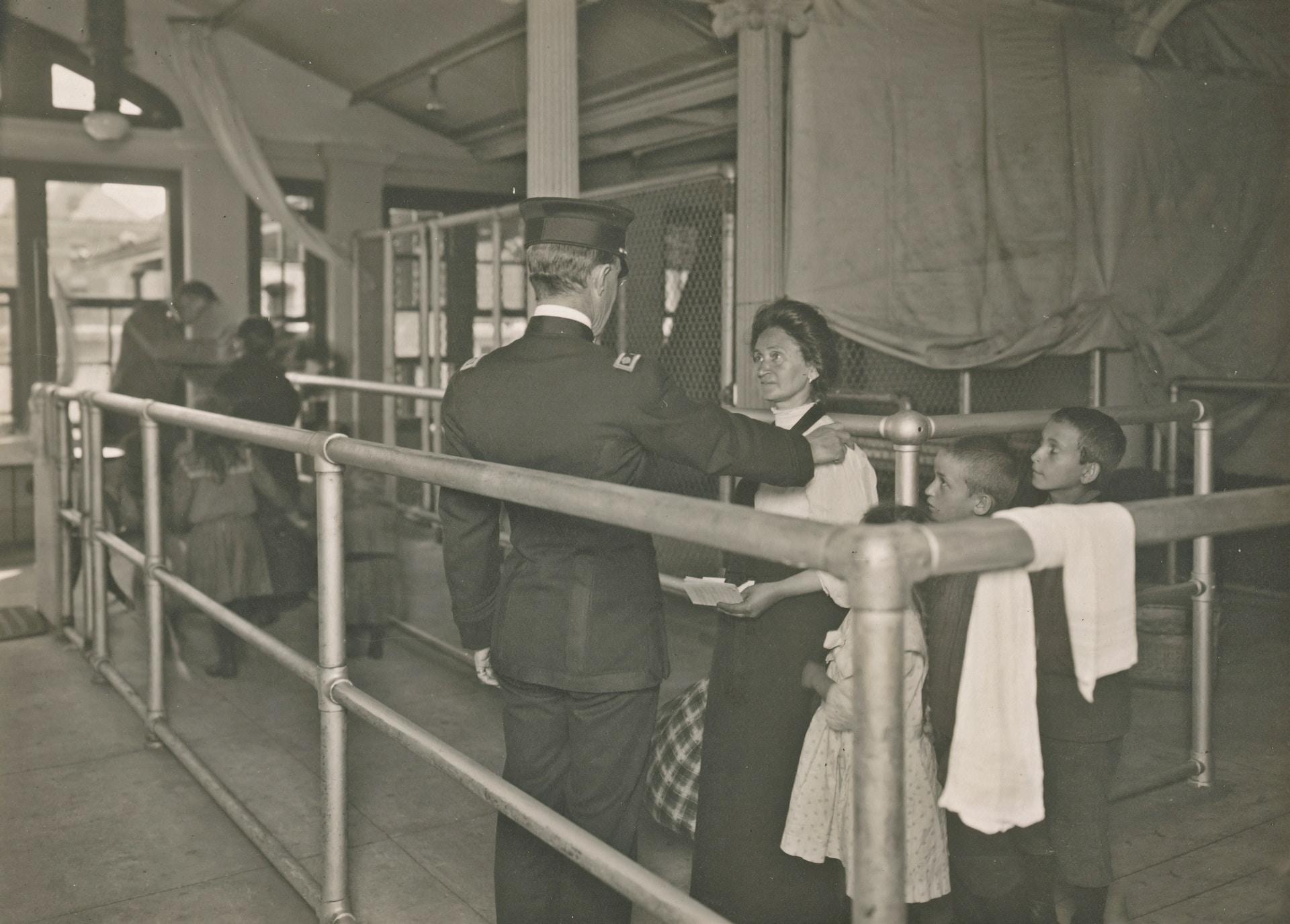
Today cultural identity for many families is often tied into their own immigrant ancestors. They may have assimilated to American culture but they may also hold onto older traditions from their ancestral homelands. American culture then can depend on your ancestry. People can be Irish-American, German-American, Chinese-American, Samoan-American the lust goes on with this diverse society.
Language
English is definitely the most commonly spoken language in America however there are hundreds of other languages spoken. Indigenous languages still exist spoken by the descendants of Native American tribes and some immigrant families hold onto their ancestral languages for generations.
You may notice regional variations on the English language based on a prevalence of immigrants from certain countries settling the region. This often comes across in the form of slang or sometimes in sentence structure.
The 2020 census of the United States determined the most commonly spoken languages other than English. The table below shows the five most commonly spoken languages as a first language other than English as a percentage.
Language Percentage of Population that speaks a language other than English
- Spanish or Spanish Creole 61.6%
- Chinese 5.2%
- Tagalog 2.6%
- Vietnamese 2.3%
- Arabic 1.9%
Religion
Historically a haven for religious freedoms it is likely not surprising that the United States is a very religiously diverse nation. It is an aspect of the Constitution of the United States that Congress can not pass laws against the free exercise of religion.
The United States is home to the world's largest Christian population which is made up mostly of those of the Catholic, Protestant and Evangelical faiths. That said, recent polls indicate that most Americans do not regularly attend religious services although they say religion is still important in their daily lives.
It has become somewhat of a political flashpoint in the country that more and more people are abandoning their faiths through a distrust of organized religions. Between 1999 and 2020 membership to a house of worship fell from 70% of the population to 47%.
Sport
Arguably one of the biggest factors in American culture is a love of sport. Major sporting events such as the Superbowl (American Football) and the World Series (Baseball) elicit almost religious holiday-level celebrations amongst families and friends.
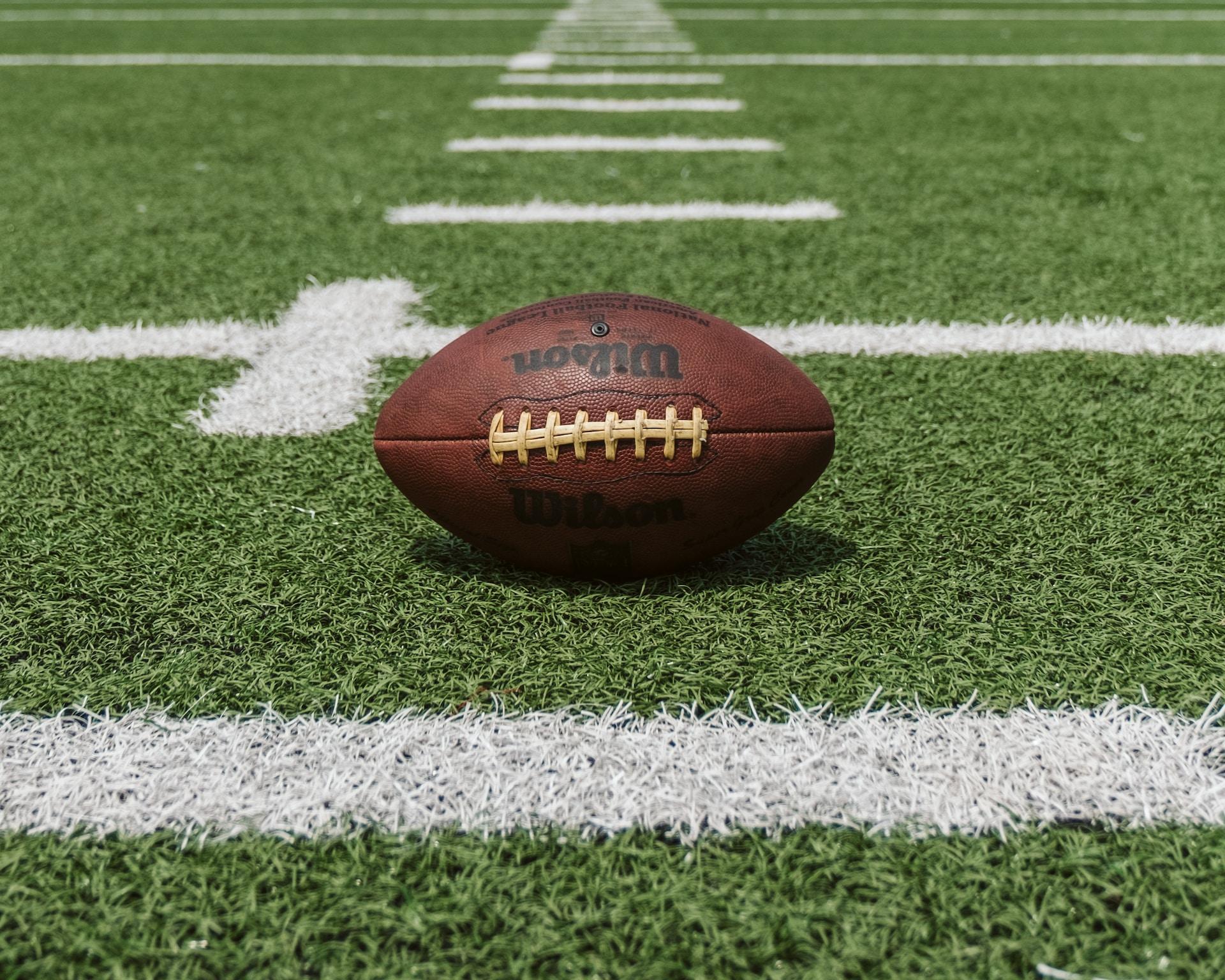
Sport is a huge part of the culture of America with emphasis placed on it throughout school, college and into adulthood. It is seen as a bonding point between fathers and their children, taking up a sport at school can be very important in some families.
Competition seems ingrained in American culture; just visit a little league baseball game and listen to the things parents shout at umpires as their five year olds are just trying to play a fun game. There is a competitive streak in Americans which plays into many of the aspects of their lives.
Cuisine
American cuisine is hugely varied and inspired by its long history of immigration. There are regional favorites such as barbecue that arose from the foods created by the slaves seeking to make use of the lesser cuts of meat they were given as food.
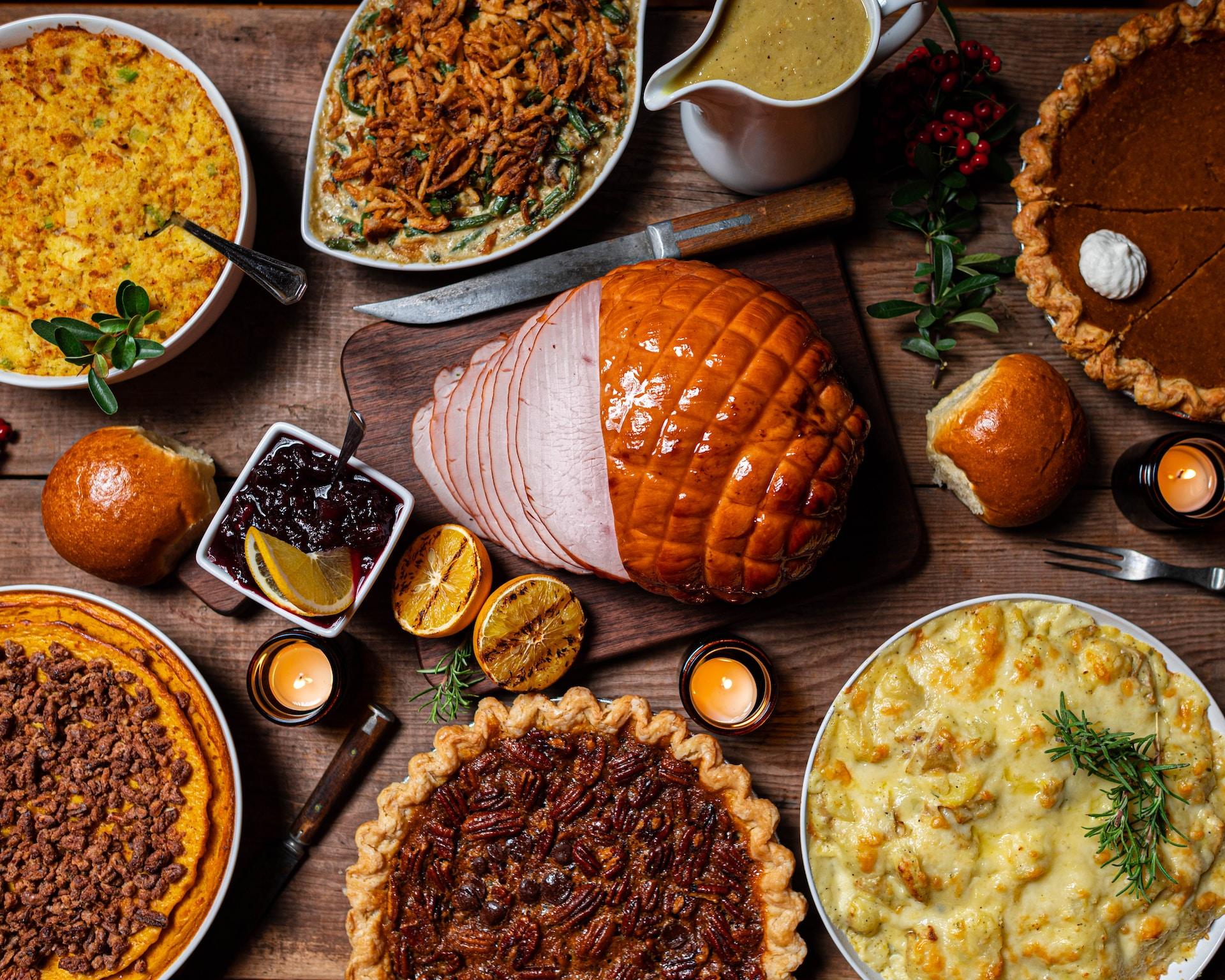
Cultural differences in cuisine are evident in all states with coastal states leaning toward more seafood and landlocked states having more agricultural and arable influences. Many traditional foods from other nations become anglicized somewhat but in general the American diet is very diverse.
Food often plays a major role in annual celebrations with traditional dishes often being important to family culture. Thanksgiving foods for example often center around the ingredients first traded for with native Americans. Turkey, sweet potatoes, corn and other aspects all go into a celebration of when the pilgrims received help from local tribes to get through the tough conditions they faced in the early colonies.
American Family Culture
With the United States being so multicultural it is hard to pin down a specific American family culture. Religion and ethnic identity play a huge role in a family's culture and this can be quite varied in modern times.
When it comes to most American families though, traditional foods, religion and often sport may be central to their culture. You may have large extended families or small familial groups who do not associate with distant relatives.
Differences can be regional and cultures diverse. There is however usually some level of assimilation into American culture no matter where your ancestry comes from
Holidays
Part of the culture of many American families is the way they celebrate national holidays. These may be religious holidays or celebrations of notable events or people. Some of the most notable holidays include:
- New Year's Day (January 1)
- Martin Luther King, Jr. Day (Third Monday in January)
- Inauguration Day (January 20, every 4 years following a presidential election)
- Washington's Birthday/Presidents Day (third Monday in February)
- Memorial Day (Last Monday in May)
- Juneteenth National Independence Day commemorating the end of slavery (June 19)
- Independence Day (July 4)
- Labor Day (First Monday in September)
- Columbus Day/Indigenous Peoples Day (Second Monday in October)
- Veterans Day (November 11)
- Thanksgiving Day (Fourth Thursday in November)
- Christmas Day (December 25)
Final Thoughts
American family culture is formed by the nation's history, its political climate and the traditions of immigrant ancestors. This is a diverse nation in terms of ethnicity, religion and language with most people associating not just as Americans but also as descendants of immigrants.
Family culture varies greatly based on the religion of the home and the old world connections to its roots. Certain unifying elements such as sport may become part of many family cultures through the watching of or participation in. Essentially though all families are different and culture is what can be made of it.
Link To or Reference This Page
We spent a lot of time downloading, cleaning, merging, and formatting the data that is shown on the site.
If you found the data or information on this page useful in your research, please use the tool below to properly cite or reference Name Census as the source. We appreciate your support!
-
<a href="https://namecensus.com/blog/a-guide-to-american-family-culture/">A Guide to American Family Culture</a>
-
"A Guide to American Family Culture". NameCensus.com. Accessed on May 8, 2024. https://namecensus.com/blog/a-guide-to-american-family-culture/.
-
"A Guide to American Family Culture". NameCensus.com, https://namecensus.com/blog/a-guide-to-american-family-culture/. Accessed 8 May, 2024
-
A Guide to American Family Culture. NameCensus.com. Retrieved from https://namecensus.com/blog/a-guide-to-american-family-culture/.
